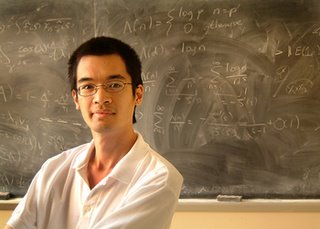R-Project
 R is a free software environment for statistical computing and graphics and is available as Free Software under the terms of the Free Software Foundation's GNU General Public License in source code form. It compiles and runs on a wide variety of UNIX platforms, Windows and MacOS.
R is a free software environment for statistical computing and graphics and is available as Free Software under the terms of the Free Software Foundation's GNU General Public License in source code form. It compiles and runs on a wide variety of UNIX platforms, Windows and MacOS.The R distribution contains functionality for a large number of statistical procedures. Among these are: linear and generalized linear models, nonlinear regression models, time series analysis, classical parametric and nonparametric tests, clustering and smoothing. There is also a large set of functions which provide a flexible graphical environment for creating various kinds of data presentations. Additional modules (“add-on packages”) are available for a variety of specific purposes. One of R's strengths is the ease with which well-designed publication-quality plots can be produced, including mathematical symbols and formulae where needed.
R was initially written by Ross Ihaka and Robert Gentleman at the Department of Statistics of the University of Auckland in Auckland, New Zealand. In addition, a large group of individuals has contributed to R by sending code and bug reports.
The latest version 2.3.1 was released on June 1, 2006. For more details and free download visit: R homepage.





